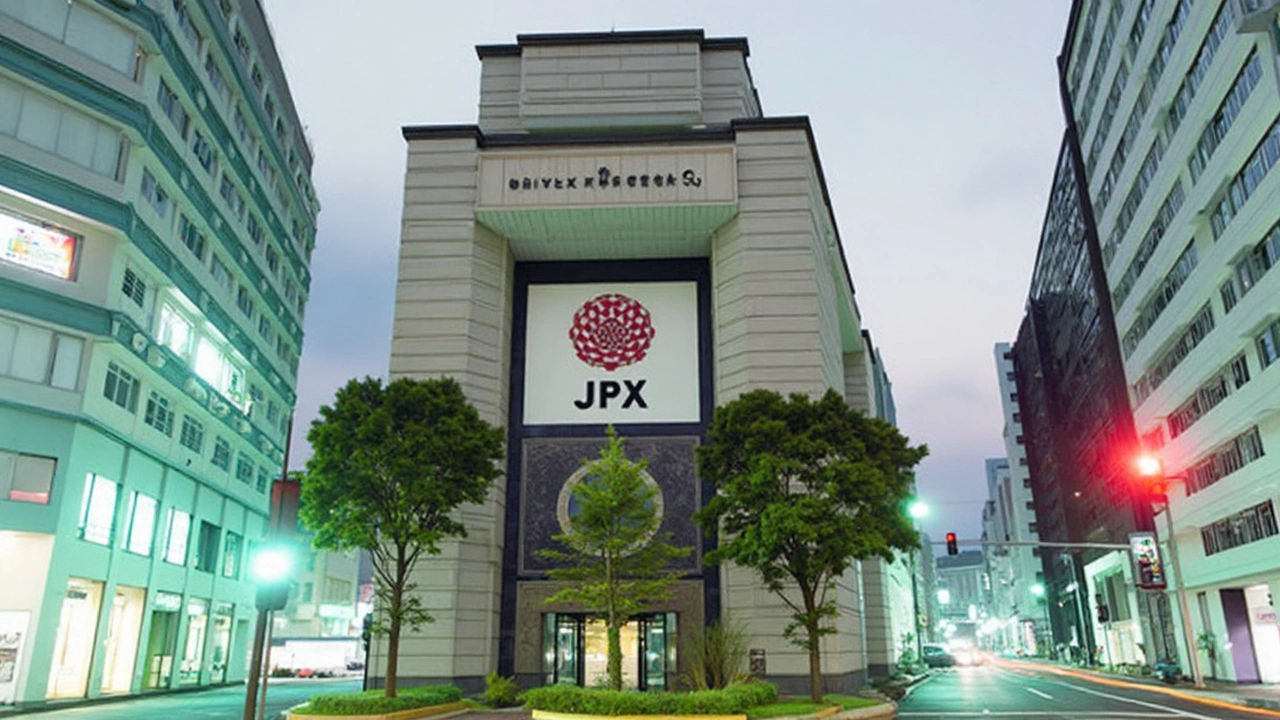Everything You Need to Know About the Taiwan Weighted Index
If you’ve ever heard the term TAIEX or Taiwan Weighted Index, you probably wondered why it pops up in finance news. In simple words, it’s the main gauge of Taiwan’s stock market. It tells you how the biggest Taiwanese companies are doing, and it moves in step with the country’s economic health.
Why should you care? Because many global funds invest in Taiwan, and the TAIEX often signals shifts in tech and manufacturing trends that spill over to other markets. A rising TAIEX usually means investors are confident about Taiwan’s exports, especially semiconductors. A dip can signal supply‑chain hiccups or political tension.
How the Index Is Calculated
The Taiwan Weighted Index is a market‑capitalisation weighted index. That means each company’s weight reflects its total market value – the larger the company, the bigger its impact on the index. The index started with a base value of 100 on January 1, 1967, and every share price movement since then is folded into that base.
Only companies listed on the Taiwan Stock Exchange (TWSE) are included, and they must meet liquidity and size requirements. The most heavily weighted firms are the tech giants like Taiwan Semiconductor Manufacturing Company (TSMC), MediaTek, and Hon Hai (Foxconn). When TSMC’s stock jumps 5%, the index jumps more than a smaller component would.
Rebalancing happens quarterly. The index committee checks if any company has grown too big or too small and adjusts the list accordingly. This keeps the TAIEX a realistic snapshot of the market’s movers.
Why It Matters to Investors
First, the TAIEX is a quick way to gauge sentiment toward Asian tech. If you’re tracking global tech exposure, watching the TAIEX can give you early warnings before you see changes in U.S. indices.
Second, many exchange‑traded funds (ETFs) and mutual funds use the TAIEX as their benchmark. If you own a Taiwan-focused ETF, its performance is measured against the index. Knowing the index helps you judge whether the fund is truly tracking the market.
Third, the index reacts to real‑world events – earthquakes, elections, or new trade policies. For example, a sudden tariff announcement on Chinese chips can cause the TAIEX to swing because many Taiwan firms rely on China for sales.
Finally, if you want to trade the index directly, you can use futures or options on the Taiwan Stock Exchange. These derivatives let you hedge a portfolio or bet on short‑term moves without buying individual stocks.
So, how can you use the TAIEX in practice? Start by checking its daily level on financial websites or your broker’s platform. Note the trend – is it in an uptrend, downtrend, or moving sideways? Then, compare that trend with news headlines. If the index is climbing while global markets are down, it could signal a sector‑specific rally in semiconductors.
Remember, no single index tells the whole story, but the Taiwan Weighted Index is a powerful tool for anyone interested in Asian markets, tech trends, or diversified investing. Keep it on your radar, and let its movements guide your next investment decision.
Dow Jones Futures Drop as Middle East Tensions Rattle Markets, Nikkei and Taiwan Show Strength
As investors worried about the Israel-Iran conflict, Dow Jones futures slid and erased gains across U.S. markets. Asian markets, with Japan’s Nikkei and Taiwan’s main index, remained resilient, highlighting different risk perspectives. U.S. tech stocks and oil prices also reacted sharply.





